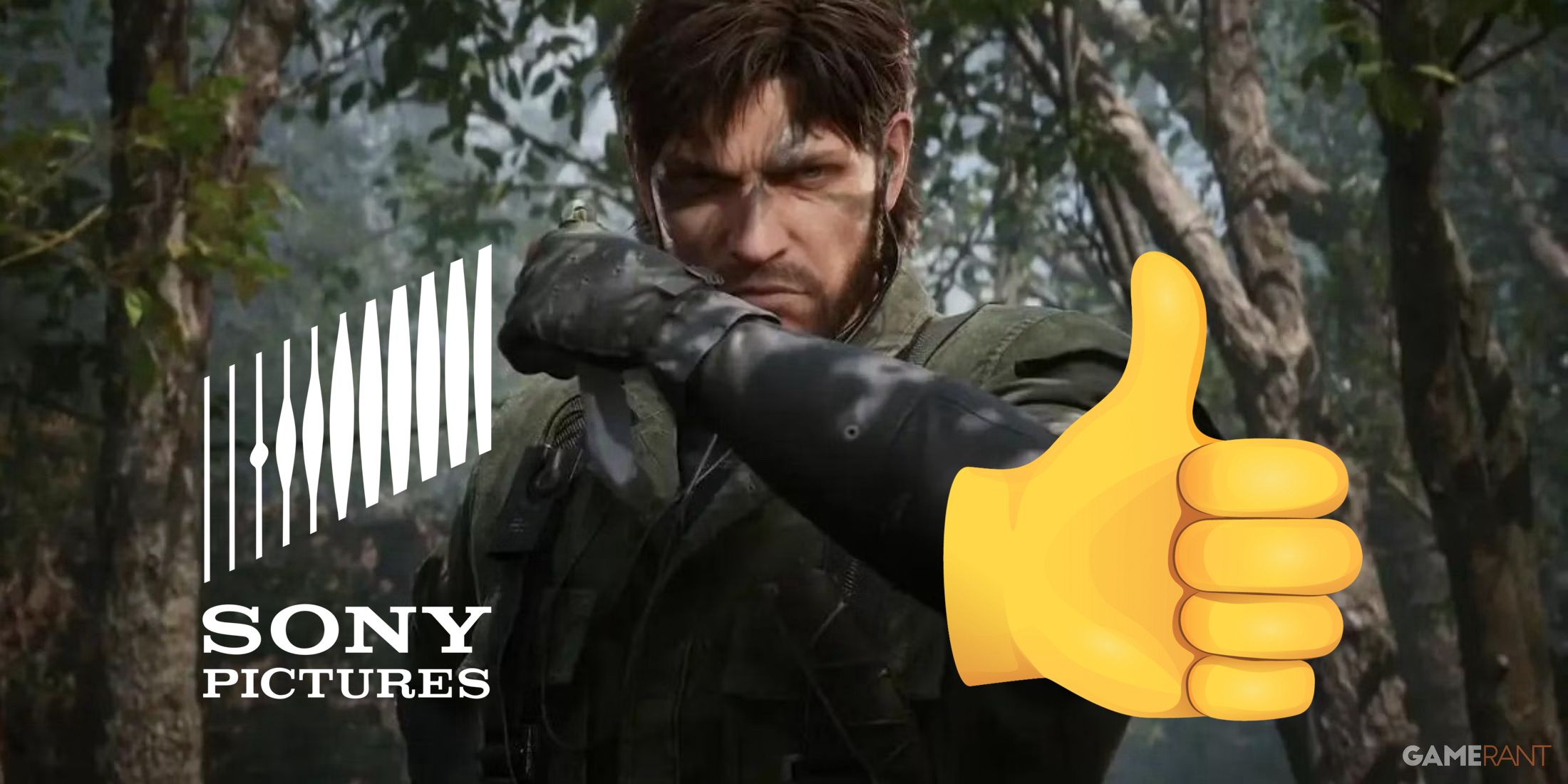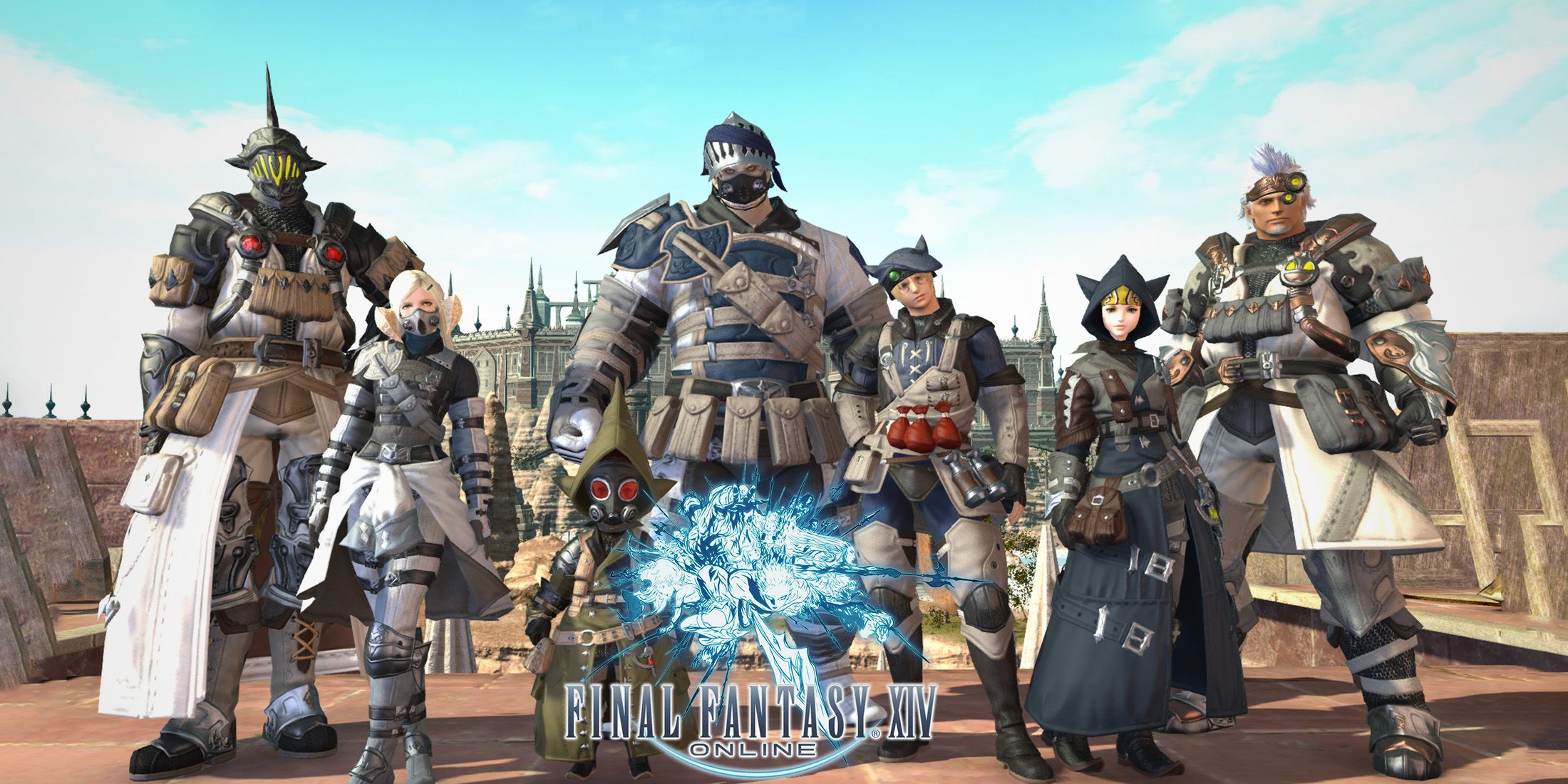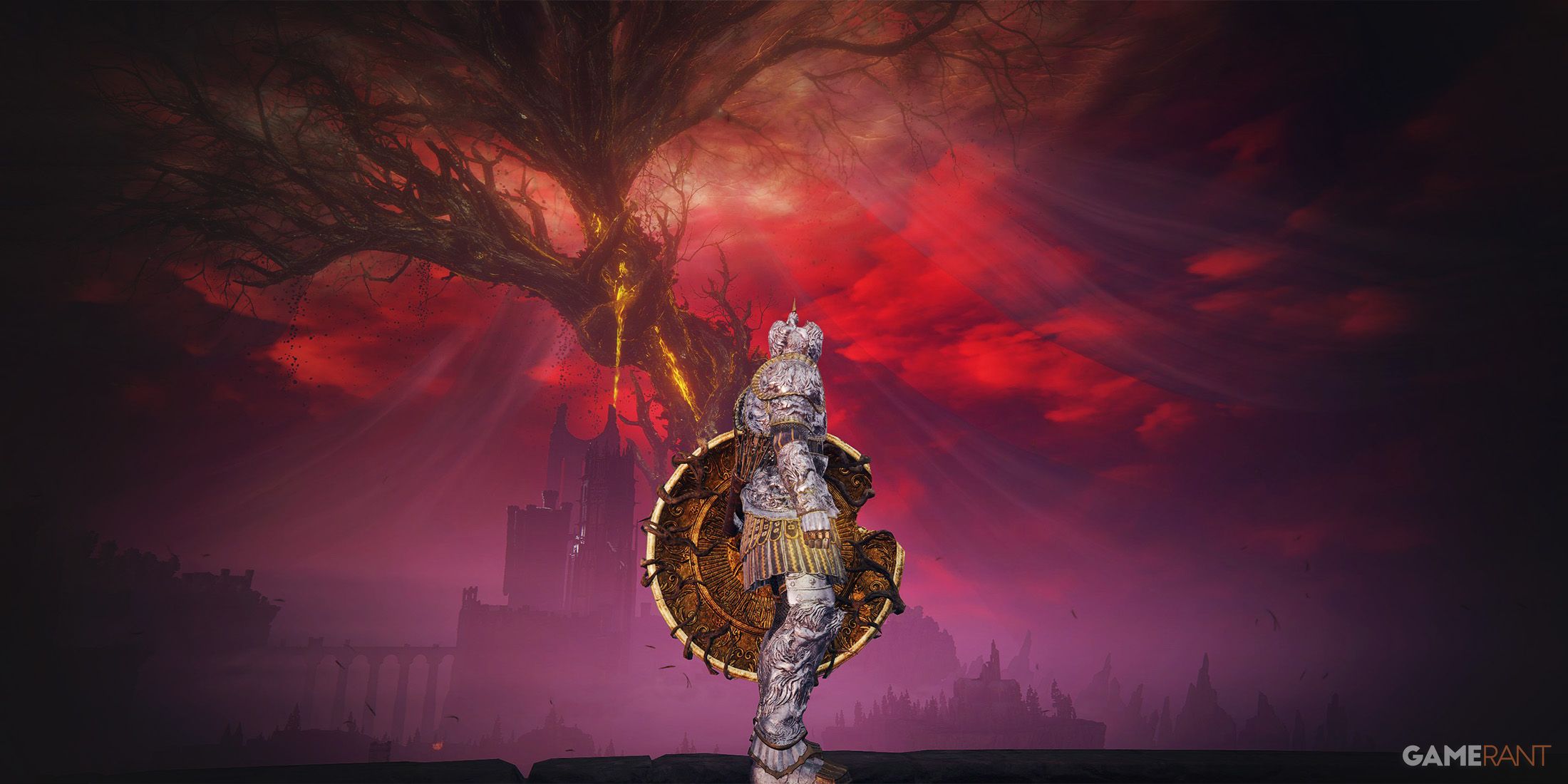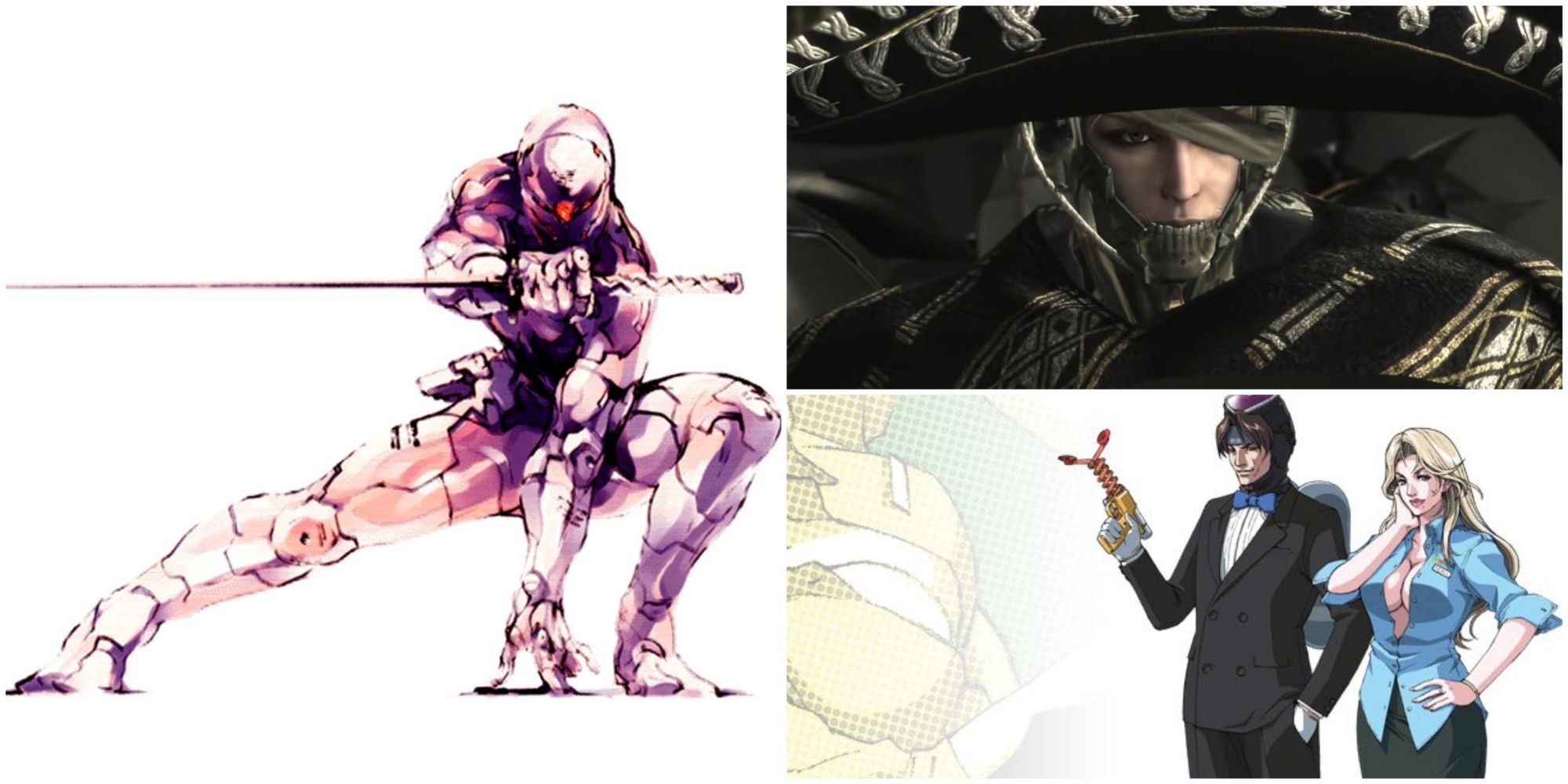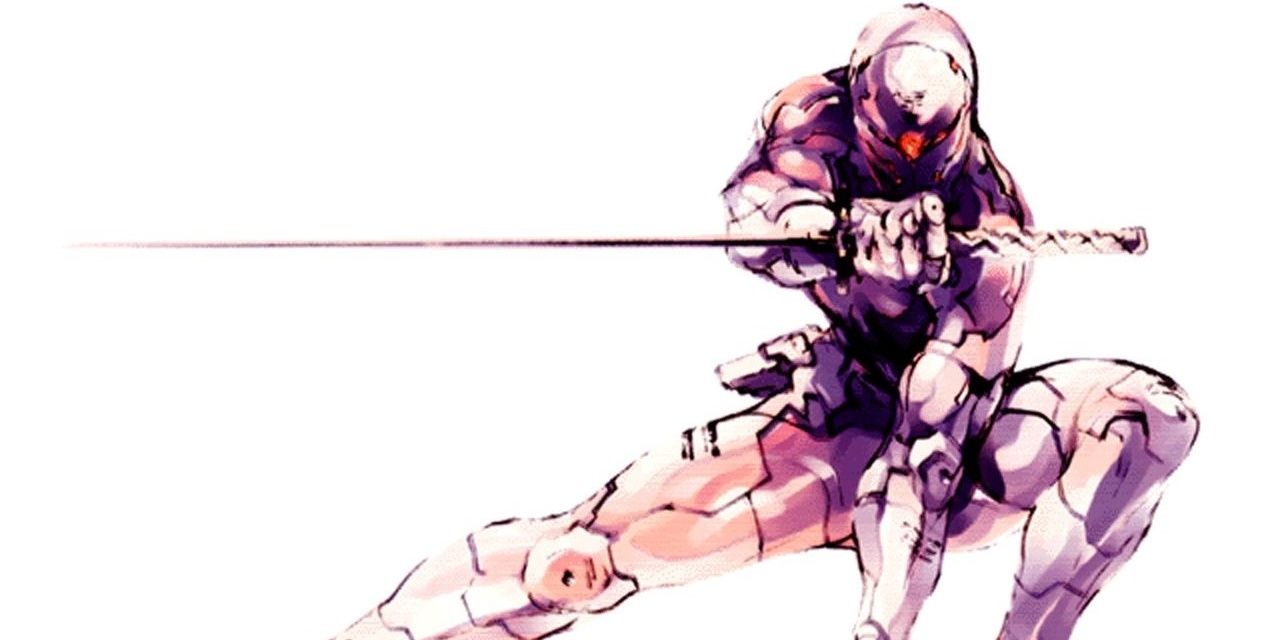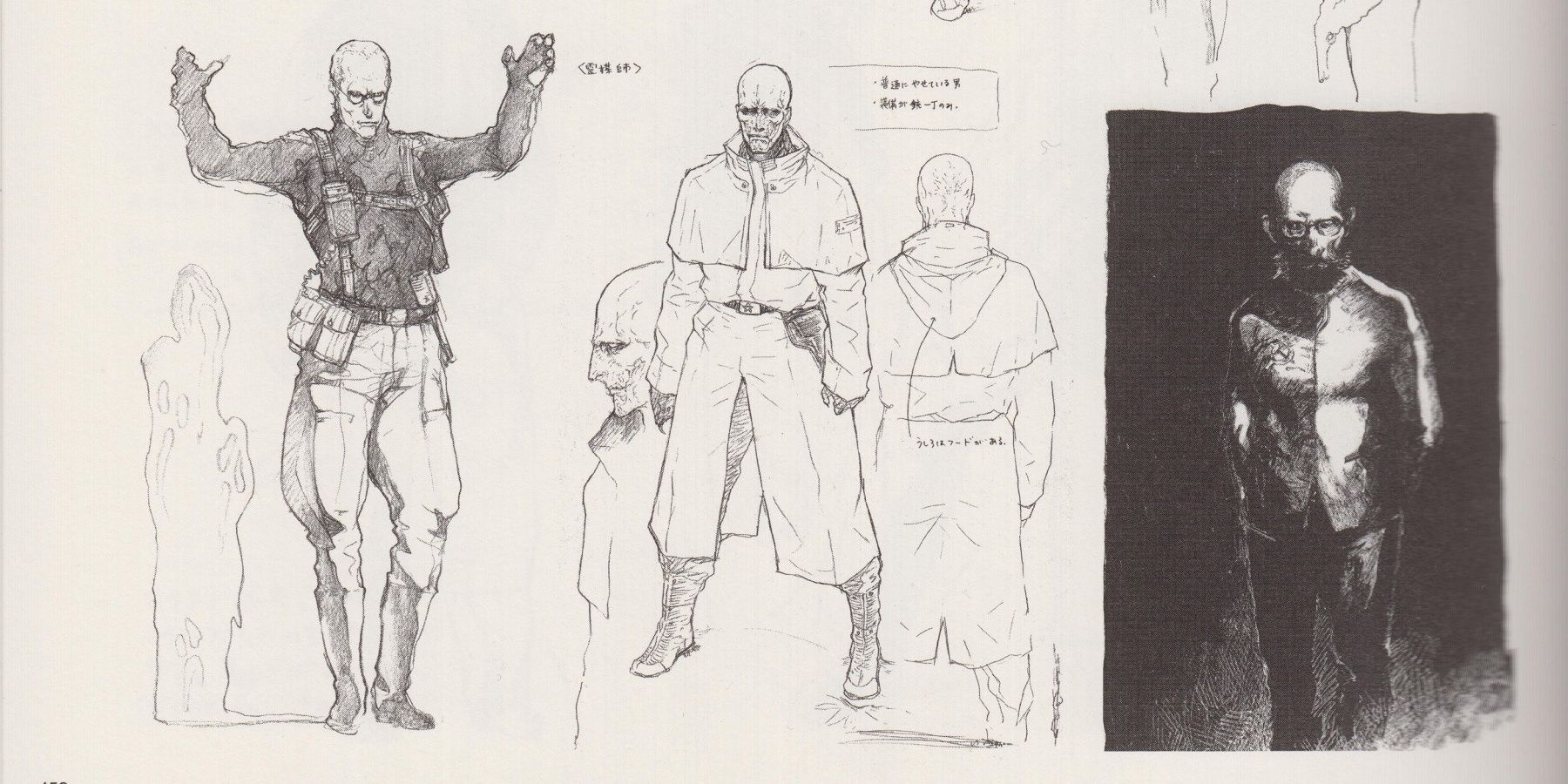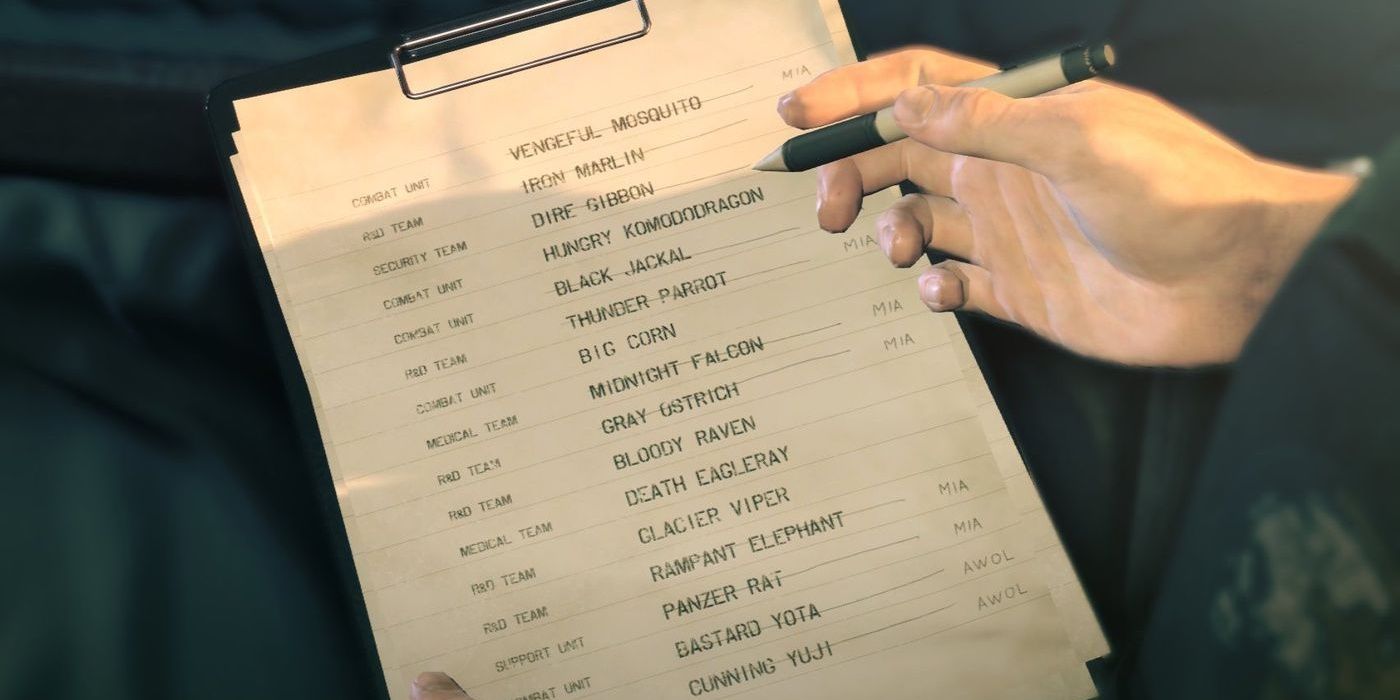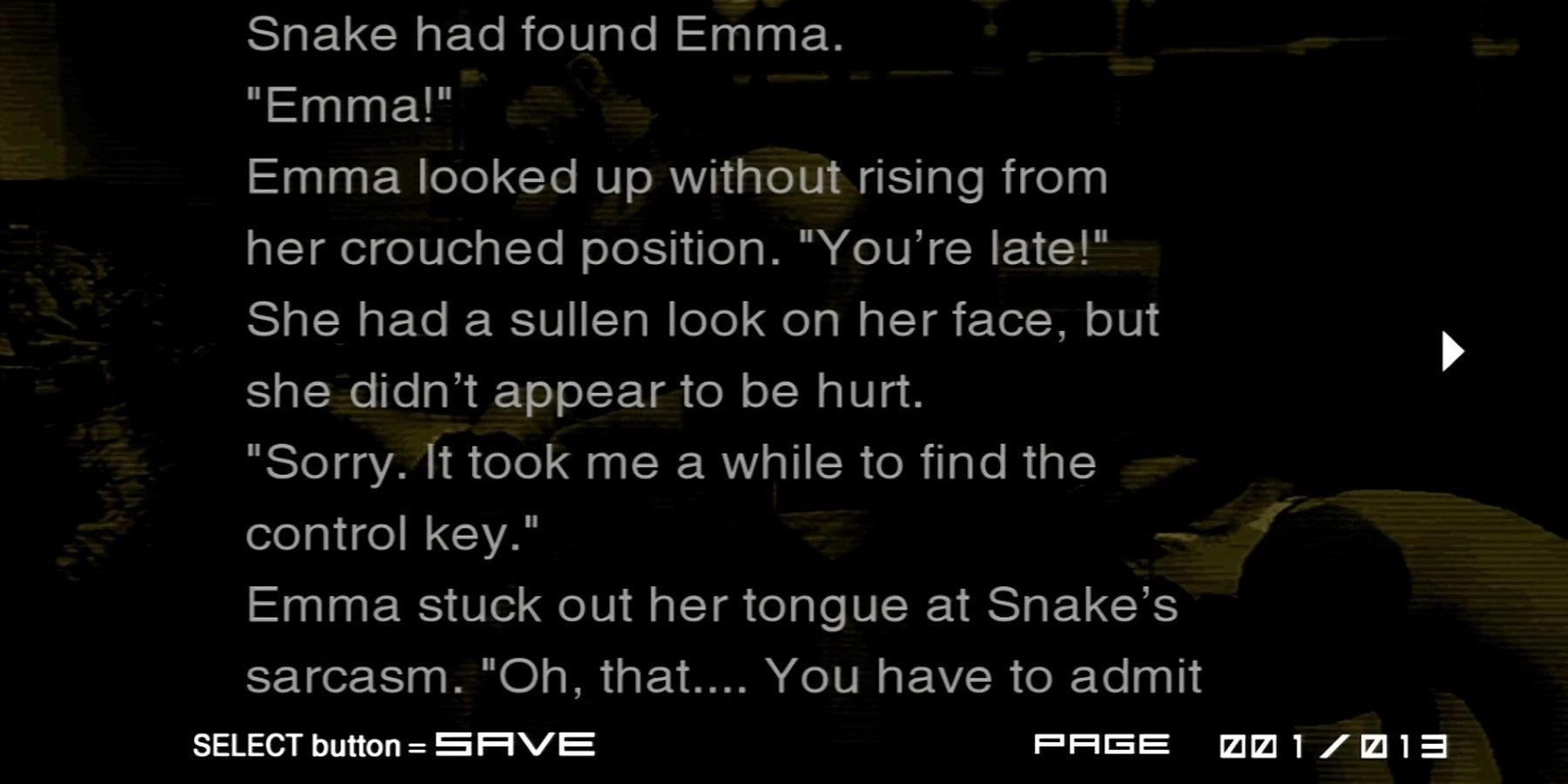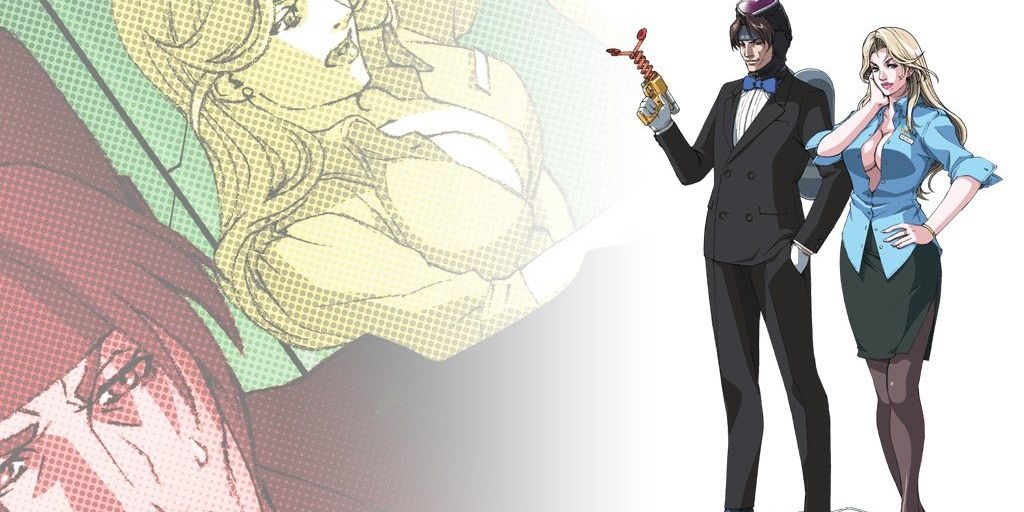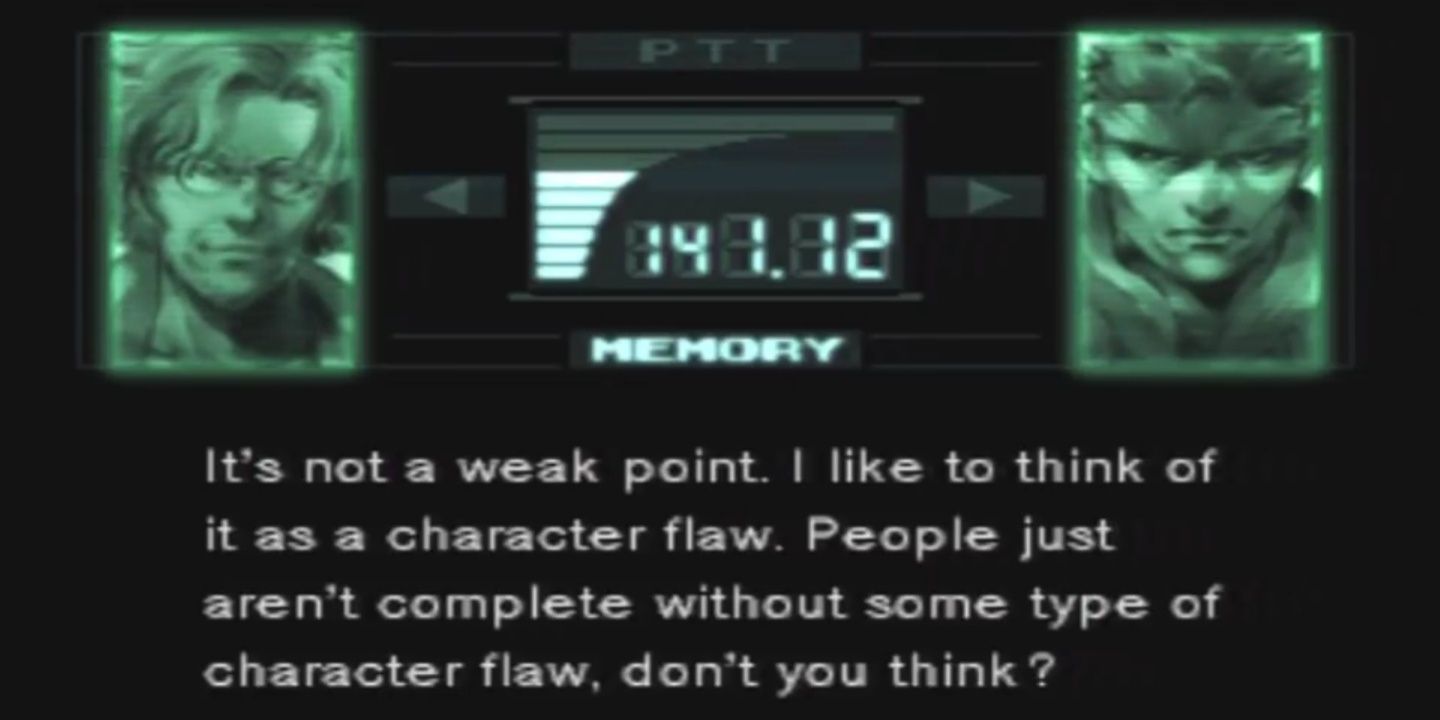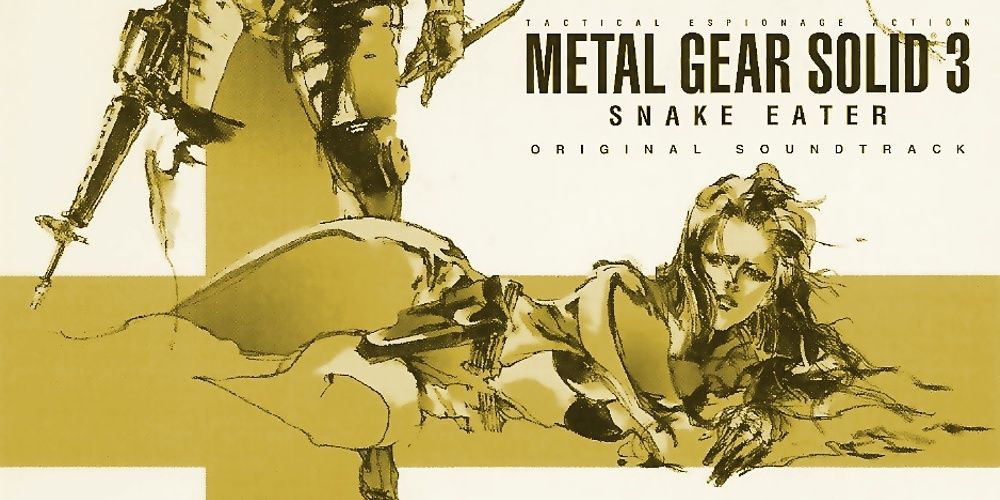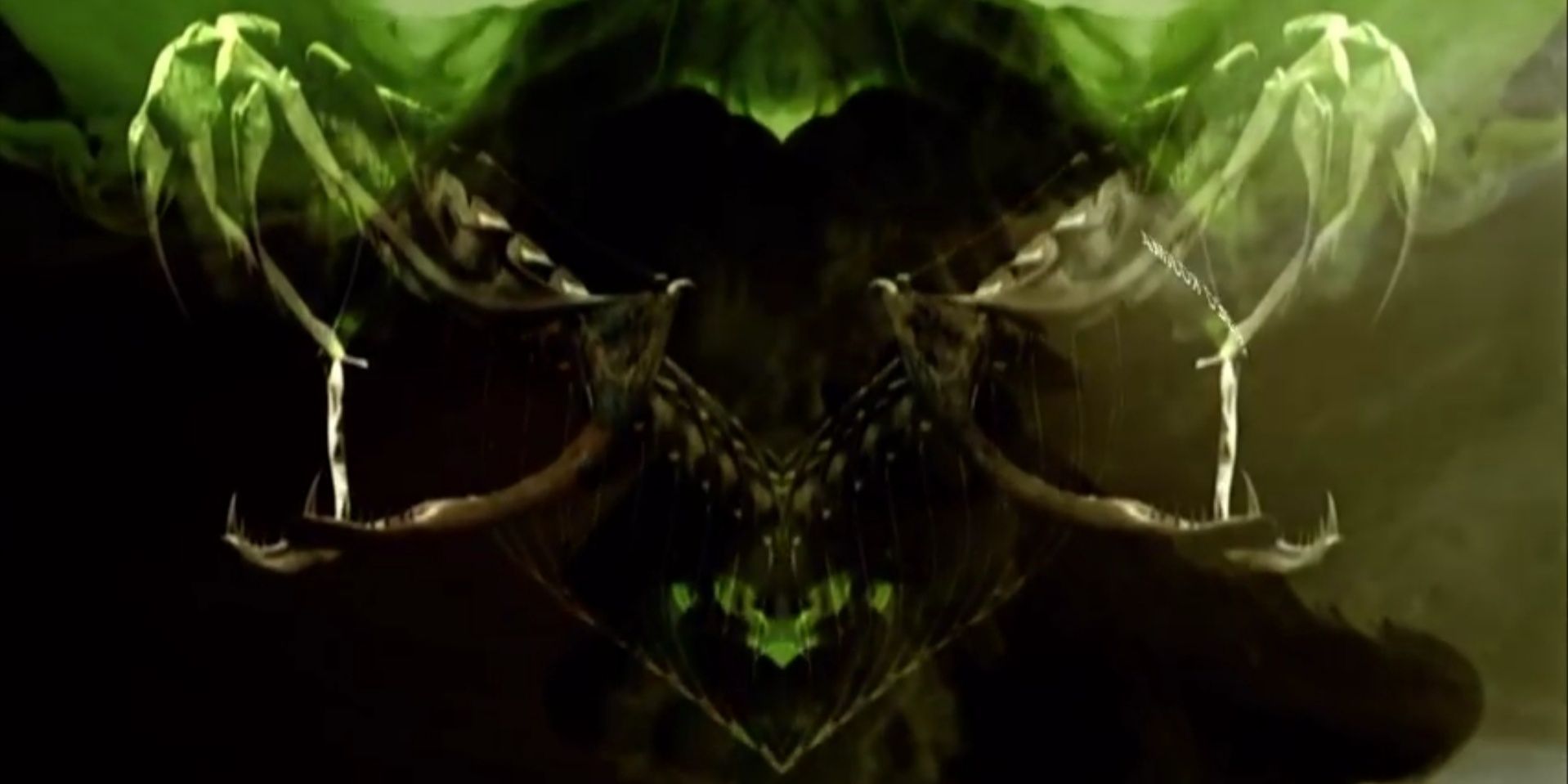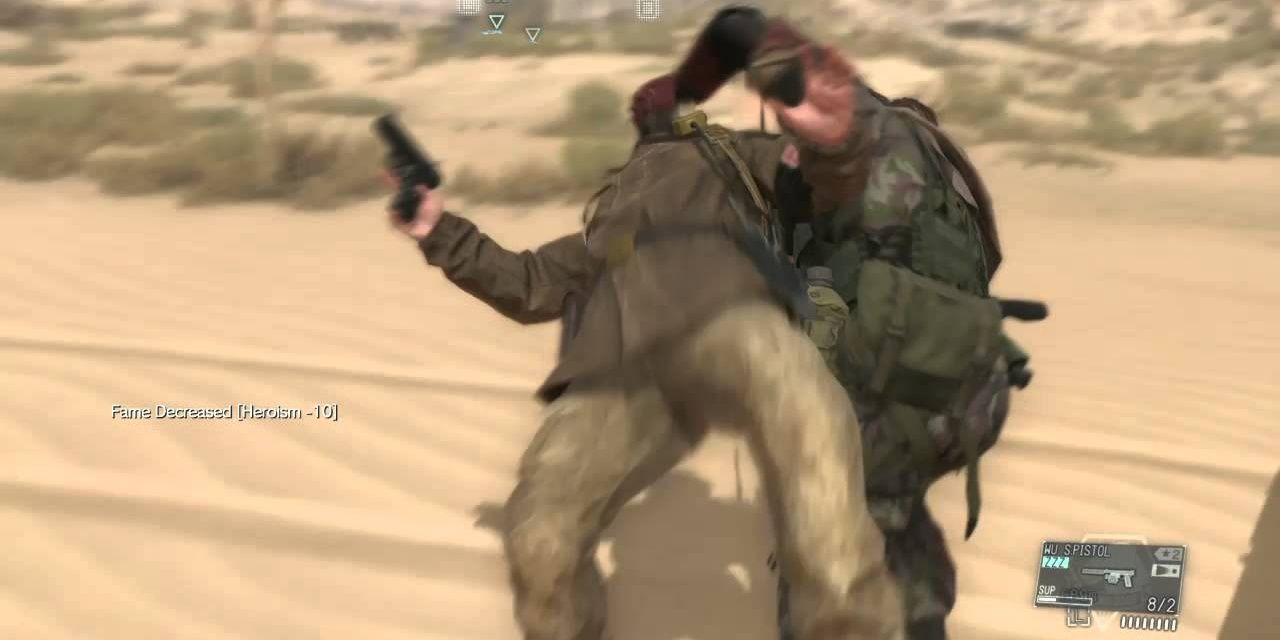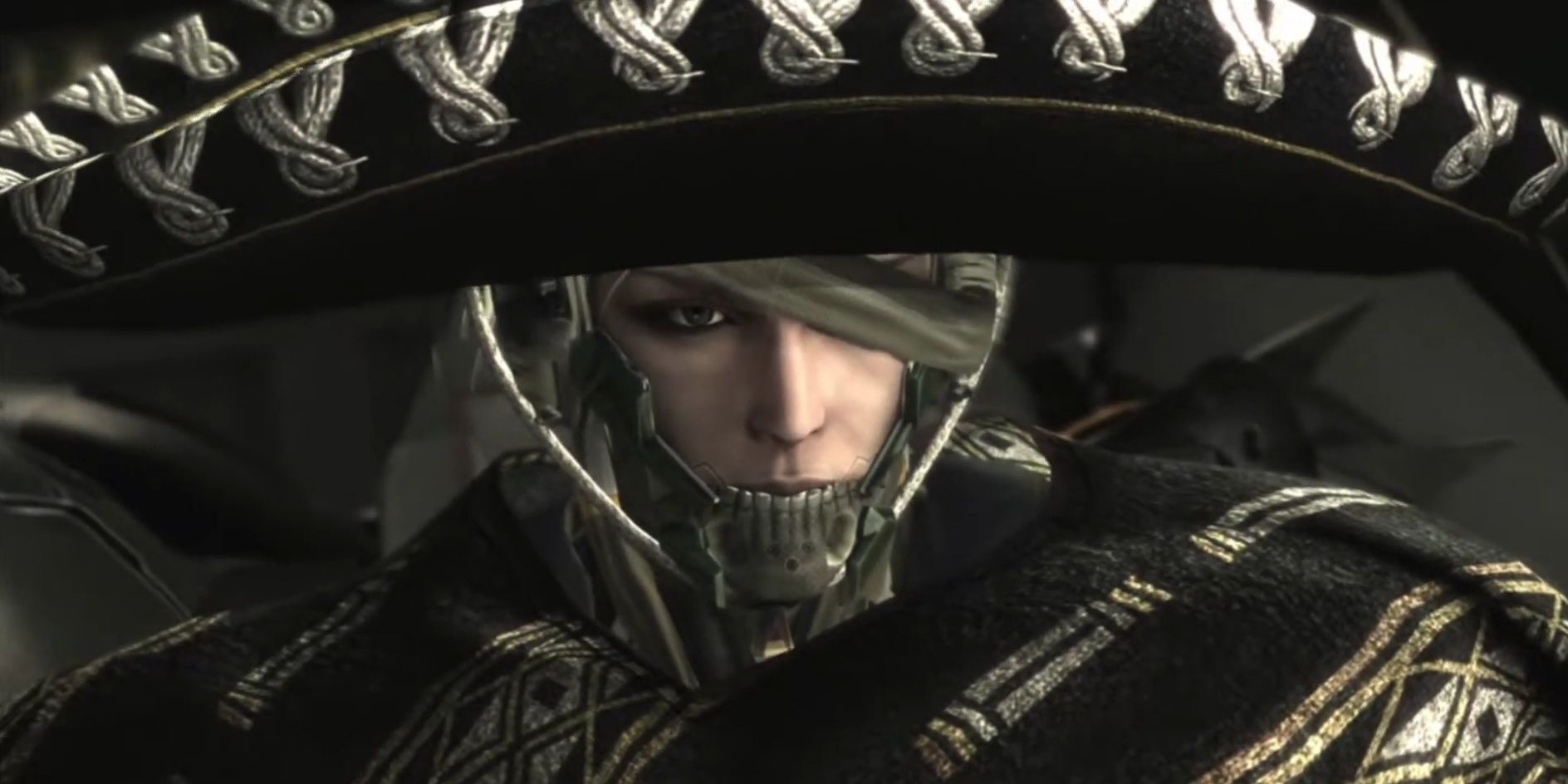Auteur theory is where the director of a project (usually a movie) is considered its entire driving force. Alfred Hitchcock and Quentin Tarantino made movies with common traits and techniques because their personal authorial style appeal. It’s fallen out of favor because, aside from that label not being a guarantee of quality (Michael Bay and Tommy Wiseau are auteurs too), there are more people on creative projects than the shouty man in the chair.
For example, Hideo Kojima famously did a lot of work as Metal Gear’s director, producer, executive producer, writer and original creator among other roles. Yet, by his and others’ admissions, he was just one of many people that made the series famous. From its highlights to its lowlights, these are some of the people behind Metal Gear that aren’t Hideo Kojima.
10 Yōji Shinkawa
While this list can’t fit everyone who worked on the series, it wouldn’t be right to start it off without mentioning Yōji Shinkawa. Much of the series’ look from Metal Gear Solid onwards is due to his work as its lead character and mecha designer. He’s why the likes of REX, RAY, and the Shagohod look more angular and threatening than the comparatively cutesy Metal Gears from the MSX games.
Shinkawa would also throw in some narrative ideas, which could get ridiculous. He’s often been credited for the “Ocelot getting possessed by Liquid Snake’s arm" subplot in Metal Gear Solid 2. Shinkawa also thought Raiden should have long, double-jointed limbs and eat bugs. That got rejected, but would become the basis for The Fear in Metal Gear Solid 3. He still works with Kojima today on the Death Stranding games.
9 Chihoko Uchiyama
Shinkawa may be the lead art designer, but he isn’t the only one on the payroll. From MGS3 up to Metal Gear Solid 5, Shinkawa’s designs were tweaked and adapted by concept artist Chihoko Uchiyama. On top of that, she produced her own designs, which would sometimes get picked over her senior colleagues. Like the Fear who, while based on Shinkawa’s idea, received his final look from Uchiyama’s drawings.
The same goes for The Pain, The Sorrow, Sokolov, Metal Gear Solid 4’s Drebin, Sunny and more. Though her alternate concepts for Characters could be quite curious, like her Volgin being a heavily-scarred figure who had to wear a mask to breathe. Or her Raiden for MGS4 being all human, wearing a helmet called “Evil’s Sckall”, a baggy coat that could shrink against him in “HG Mode”, and a baby (likely Sunny) in a baby carrier on his back.
8 Yuji Korekado
Uchiyama and Shinkawa may have both left Konami for the new Kojima Productions. But some of the old staff stayed behind. Yuji Korekado took over as Metal Gear’s main producer after Kojima’s departure, where he worked on Metal Gear Survive...and got surreptitiously insulted in a secret message in the game alongside its director Yota Tsutsumizaki. Nonetheless, he’s been an instrumental part of the series since its early days.
He was the lead programmer, where he and the others had to turn Kojima’s ideas into workable code, from the level design to the crazy boss battles. The only game he didn’t work directly on was Peace Walker, and that’s because he was busy leading production on Metal Gear Rising: Revengeance instead. He helped save the project when it was on the brink of cancelation. So, his “cunning” has its positives too.
7 Tomokazu Fukushima
Fukushima is a curious case, as there’s a subsection of the fandom who consider him the series’ true genius. He worked as a co-writer on the first three MGS games, then left Konami during MGS4’s development. With the subsequent game’s nanomachine love, singing robots, and snipers who breathe through their skin, it left those fans thinking Fukushima was the one keeping the ship stable narratively.
However, there isn't much evidence to support this. His main responsibility on the series was to write extras, like the non-mandatory Codec calls, the backstory files (e.g. MGS2’s “In the Darkness of Shadow Moses”). But he would write for the Game Boy Color Metal Gear Solid game, and direct most of MGS2's Snake Tales. So, he wasn’t the brainchild behind the best games like people thought. But he was behind much of its personality and passion.
6 Shuyo Murata
Shuyo Murata was perhaps as integral to Metal Gear as Fukushima, if not more so. Aside from being MGS4’s unofficial co-director, he’s worked on the series as a writer, planner, designer, researcher, storyboard artist, and the guy behind the instruction manuals. He also worked on Zone of the Enders and directed its sequel The 2nd Runner. Like Fukushima, he wrote most of the extra dialogue like Codec conversations, cassette tape scripts, briefings, etc.
His biggest contributions tended to be weird, like “The Shocking Conspiracy Behind Shadow Moses”, an Alex Jones-like retelling of MGS1 players had to read before Fukushima’s recap in MGS2. While Kojima liked his “IdeaSpy 2.5” story for the GBC MGS game so much he played the title role for an audio drama CD. The pop duo Two-Han (2.5) Princess behind the song that made the B&B Corps in MGS4 dance were also named after Murata's character.
5 Jeremy Blaustein
Blaustein is better known as one of the original members of Team Silent, where he localized the Silent Hill games from 2 to 4. That and the original translation work for Castlevania: Symphony of the Night (“What is a man?! A miserable little pile of secrets!”). Afterward he became the chief localizer for MGS1, where he captured its tone in a way the later games didn't. When The Twin Snakes came out, the new lines felt much more stilted by comparison.
Sadly, the retranslation was due to drama behind the scenes. When Metal Gear Solid: Integral introduced the English dialogue to Japan, Kojima discovered the translation wasn’t as close as he liked. Blaustein tried to explain it was to make the lines sound more natural in English, but ultimately Kojima found the localization to be too local regardless. Blaustein was banned from future Kojima projects, where they got more exact yet more awkward translations.
4 Rika Muranaka
Luckily, Rika Muranaka had a more amicable departure from the series. She simply found new opportunities producing music for movies and TV shows. But while she was at Konami, she produced some of Metal Gear’s most iconic music. Some of which impressed Kojima himself. When he said he wanted to end MGS1 with a song in a language other than Japanese or English, Muranaka suggested Gaelic, and he said “What the hell is Gaelic?”.
The result was “The Best is Yet to Come”, written and arranged by Muranaka. She also created “Can’t Say Goodbye to Yesterday” for MGS2, and “Don’t Be Afraid” for MGS3. She was also instrumental in bringing movie composer Harry Gregson-Williams into the series, who’d work on the games long after her departure. She also helped produce the most famous song in Metal Gear, but someone else came up with the composition and lyrics.
3 Norihiko Hibino
Admittedly, the lyrics to “Snake Eater” don’t make much sense. Not compared to Muranaka’s more fluent work anyway (How is “crime” the “way I fly to you”?). But it passes because composer Norihiko Hibino nailed everything else about the song perfectly. Kojima wanted a Bond-style theme and Hibino’s composition gave him that even before Cynthia Harrell’s fantastic vocals kick in.
Hibino also composed most of the music for MGS2 and MGS3. He’s the one who played the saxophone for Fortune’s Theme, devised the dramatic “Yell Dead Cell” boss theme, and created the bouncy Caution/Alert themes in MGS3. While Harry Gregson-Williams got top billing for his work, chances are that most people’s favorite Metal Gear instrumentals were actually by Hibino.
2 Motosada Mori
Sometimes, two contradictory ideas can be true at the exact same time. In Metal Gear, the guards are both rock-stupid grunts who are easily distracted by racy magazines, and well-oiled machines that follow proper military protocols like fast rope descents, hand gestures, and security patrols. This is largely thanks to military advisor and writer Motosada Mori.
He originally came in during MGS1’s development, and would continue to serve as an advisor until MGS5. Fans who got hold of The Document of Metal Gear Solid 2 could see him direct the developers on how to perform room clearings. Then in MGS3, he provided mocap work for the CQC moves. Considering he's also regarded as one of the best members of the International Close Combat Instructors Association, his techniques were invaluable to the game.
1 Etsu Tamari
Finally, we end with another writer. Etsu Tamari essentially had the same duties as Shuyo Murata and Tomokazu Fukushima in providing flavor writing for MGS4,Peace Walker, Ground Zeroes and MGS5. Perhaps being around for the insanity of mooing tanks and singing machines served as inspiration when he became the scriptwriter for Metal Gear Rising: Revengeance.
Yuji Korekado and PlatinumGames may have righted the game’s development. But the game’s gags were Tamari, a Kojima staff member, mixing jibes with the drama. Some are goofy, like Raiden’s attempts to blend into Mexican society, while others are more pointed. Even the biggest MetalGear fanatics could sympathize with Jetstream Sam’s comment about having “heard enough speeches about higher causes by now”.

